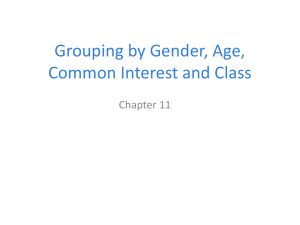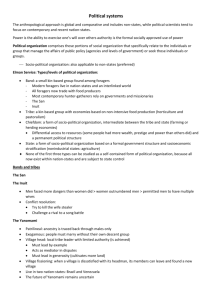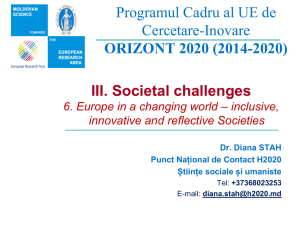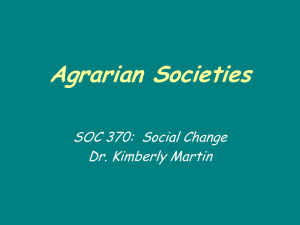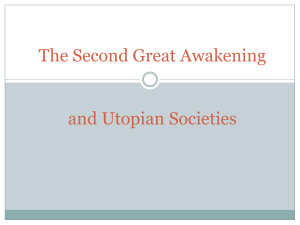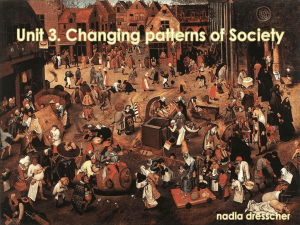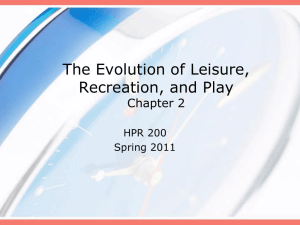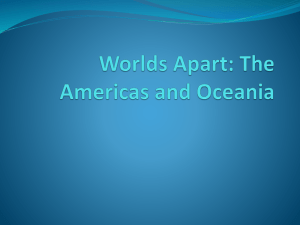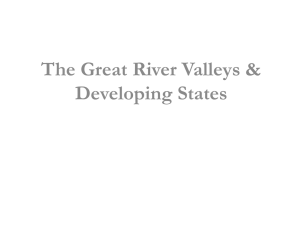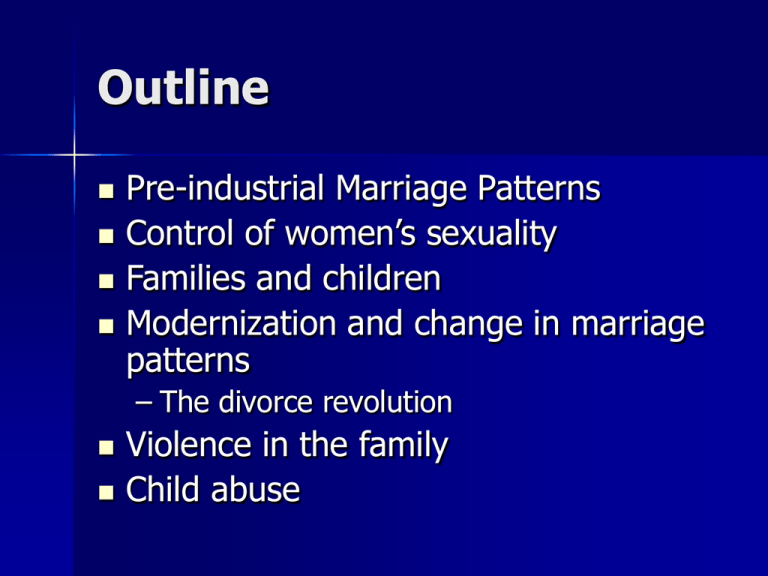
Outline
Pre-industrial Marriage Patterns
Control of women’s sexuality
Families and children
Modernization and change in marriage
patterns
– The divorce revolution
Violence in the family
Child abuse
Introduction
Marriage is found in all human
societies, although in different forms
Marriages may be between one man
and one woman (monogamy)
On man and multiple women
(polygyny)
One woman and multiple men
(polyandry)
Pre-industrial Marriage
Patterns
Most pre-industrial societies have
permitted polygyny, very few societies
have permitted polyandry.
Male sexual jealousy means that
polyandry is often difficult. Usually
involves brothers, works best with only
two brothers.
Type of marriage differs depending on
type of society
Monogamy is most common in hunting
and gathering societies, polygyny is
most common in horticultural and
agrarian societies.
In all societies, men typically marry
younger women, women typically
marry older men.
Women are most likely to marry
someone with greater resources and
status than themselves (referred to as
hypergamy)
This can pose problems for low status
men, who can find it difficult to get
married.
Many groups are endogamous –
members are obligated to marry within
the group
For example, President Barack Obama’s
father was from Kenya, an agrarian society,
and his ethnic group was Luo.
As a Luo, Barack Obama Senior was
expected to marry a Luo, which he did in
1954 (his first wife Kezia).
Later he traveled to the United States,
where he met Barack Obama’s mother.
The opposite of endogamy is
exogamy – marrying outside of the
group
Bridewealth and Dowry
Bridewealth is a payment of goods
and or services by the groom to the
bride’s parents.
Dowry is the money and goods a
bride’s family gives to her husband
when she marries.
Most pre-industrial societies have
bridewealth customs
In highly stratified agrarian societies,
dowry is common.
Our custom of the bride’s family
paying for the wedding is a remnant of
a dowry system.
Rules of descent
All societies have rules of descent –
how descent is traced
Four patterns of descent –
patrilineal, matrilineal, bilateral
and double descent
Patrilineal descent traces the family line
from father to son
Matrilineal descent traces the family line
from mother’s brother to sister’s son.
Bilateral descent traces the family line
through both the father and mother
Double descent recognizes both father and
mother’s lines, but they typically have
different functions
Most pre-industrial societies are
patrilineal.
Rules of residence
Most societies have a customs
determining the residence of a couple
after they are married.
Patrilocal means the couple lives
with the husband’s parents.
Matrilocal means the couple lives
with the wife’s parents
The majority of pre-industrial societies
are patrilocal.
Control of women’s
sexuality
In most pre-industrial societies, there
is a great deal of concern with
controlling the sexuality of women
Stems from male concerns with
paternity certainty
Control of women’s sexuality is most
common in patrilineal societies, where
sons inherit from their fathers, and
least common in matrilineal societies,
where sons inherit from their uncle
(mother’s brother).
In most patrilineal societies, the
penalty for adultery for women is high.
E.g. Hester Prynne, current Sharia
(traditional Islamic) law
Women’s sexual behavior is also
indirectly controlled
Foot binding in China
Women are forbidden from working
outside of the home, getting an
education, going out unchaperoned.
In many African societies today,
women have their sexuality controlled
by clitoridectomy (cutting out of the
clitoris) and infibulation (sewing up
of the vagina)
Trends in female genital
cutting
Menstrual taboos
Likely an indirect way of controlling
women’s sexuality
Women are banished to huts during
their menstrual period
Way of letting everyone know who is
menstruating (and hence not
pregnant) and who is not (and hence
pregnant)
Sex and the double
standard
In most human societies there is a
double standard for male and female
sexuality
Males are typically given much more
freedom than females
Families and children
Families in hunting and gathering
societies are small (2or 3 surviving
children)
In part because of breast feeding and
consequent cessation of ovulation
In horticultural and agrarian societies
families are larger (7 to 8 surviving
children)
Modernization and change
in marriage patterns
Early twentieth century saw increasing
numbers of women in the workforce
After World War II, the percentage of
women working outside of the home
rapidly increased.
The feminist revolution of the 1960s
helped change rules that stopped
women working
Increase in women working
outside home (U.S.)
The divorce revolution
Following the feminist revolution was
the divorce revolution.
Divorces per 1,000
population, U.S. 1920-2004
In part because of
these trends,
people are now
more likely to delay
marriage
Why do people marry?
One reason is because people fall in
love.
Being in love is a biochemical state
characterized by higher levels of
dopamine and norepinephrine in
blood.
Contemporary marriage
Despite love marriages, many
similarities between modern marriages
and marriages in pre-industrial
societies
People of similar class and status
backgrounds tend to marry each other
Women are still more likely to pick
mates who offer resources and status
Men are still more likely to pick young
and attractive mates.
Men still prefer younger women,
women still prefer older men
The contemporary family
Within the family, sex roles have
become more egalitarian
But…men still disproportionately major
providers and spend more time
working
Women still tend to do more of the
housework and childcare
Mothers are still more committed to
children than fathers, on average.
Most likely to get custody of children
after divorce.
In industrial societies such as the U.S.,
children are a major investment
Costs approximately $250,000 to raise
a child to the age of 18
Children have a stabilizing effect on
marriages
Marriage of parents encourages joint
investment in children
Divorce disrupts this joint investment
Children of divorced parents receive
less education and have lower
occupational achievement than
children raised by their biological
parents.
Nonbiological families
Increasing numbers of nonbiological
families – adoptive and other
Adopting families tend to be high
income and high status
Adopted children receive about the
same amount of investment as
biological children
Stepchildren do not receive as much
investment as biological or adopted
children
Rise of fertility industry
Delayed marriage and childbearing has
meant increased incidence of fertility
problems, mostly for women
Rise in use of assisted reproduction
technologies
Problems – multiple births, health
problems
Also increases in numbers of frozen
embryos that couples do not know
what to do with!
They don’t want to throw them away
Violence in the family
While family life is a happy experience
for most, it can also be a place of
conflict and even homicide
Much violence by males against their
partners is fuelled by sexual jealousy
and fear of losing a partner to another
man.
Women are most at risk of violence
after they have just left a relationship
Child abuse
Most parents do not abuse their
children
Yet child abuse and infanticide occur.
If the mother is involved in infanticide,
it tends to be young mothers with little
financial or social support.
Chances of a biological parent killing a child
are must smaller than the chances of a
nonbiological guardian killing a child
Most children live with their biological
parents.
Controlling for this, chances of a
nonbiological caregiver harming a child are
about 40 times that of a biological parent
harming a child.

